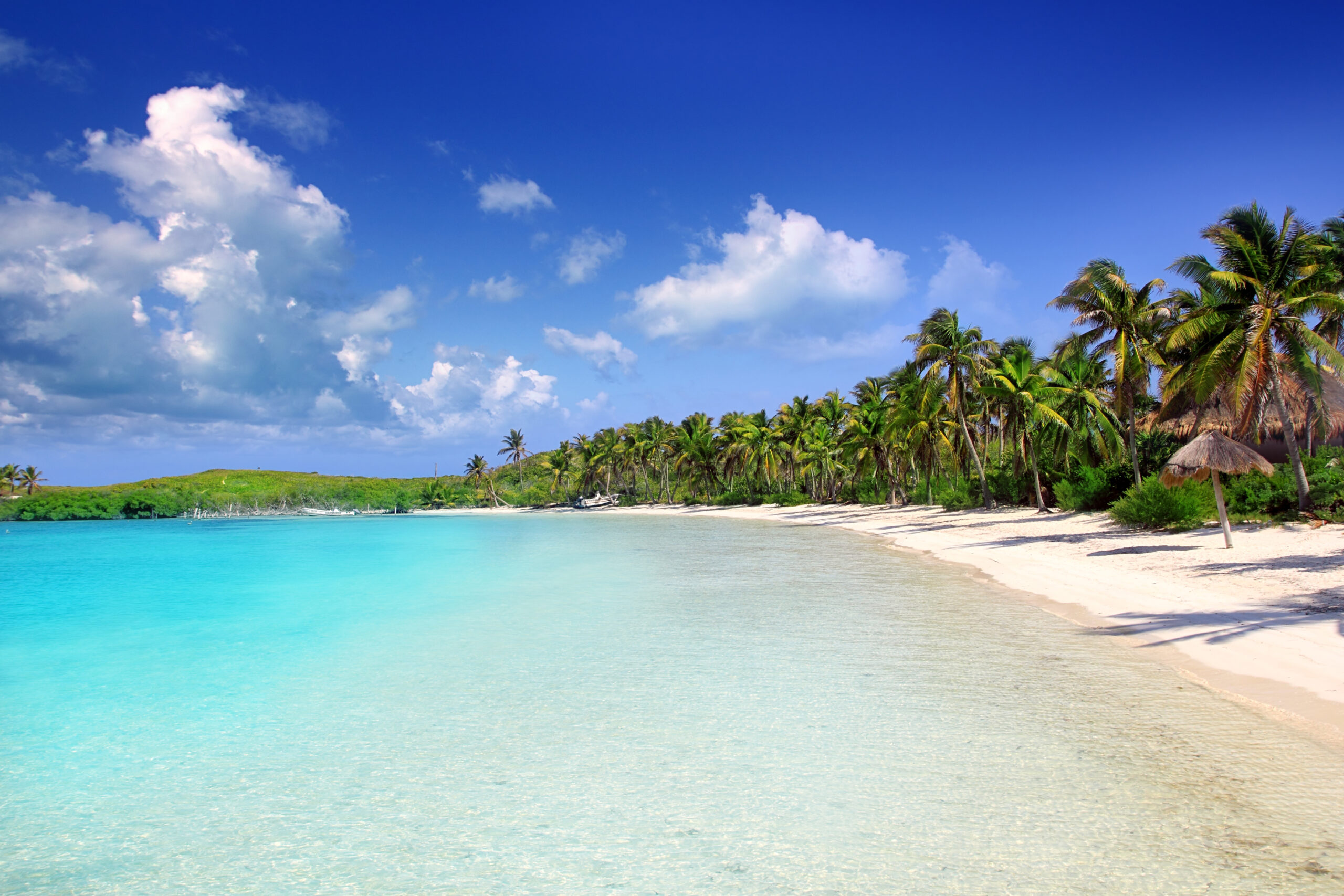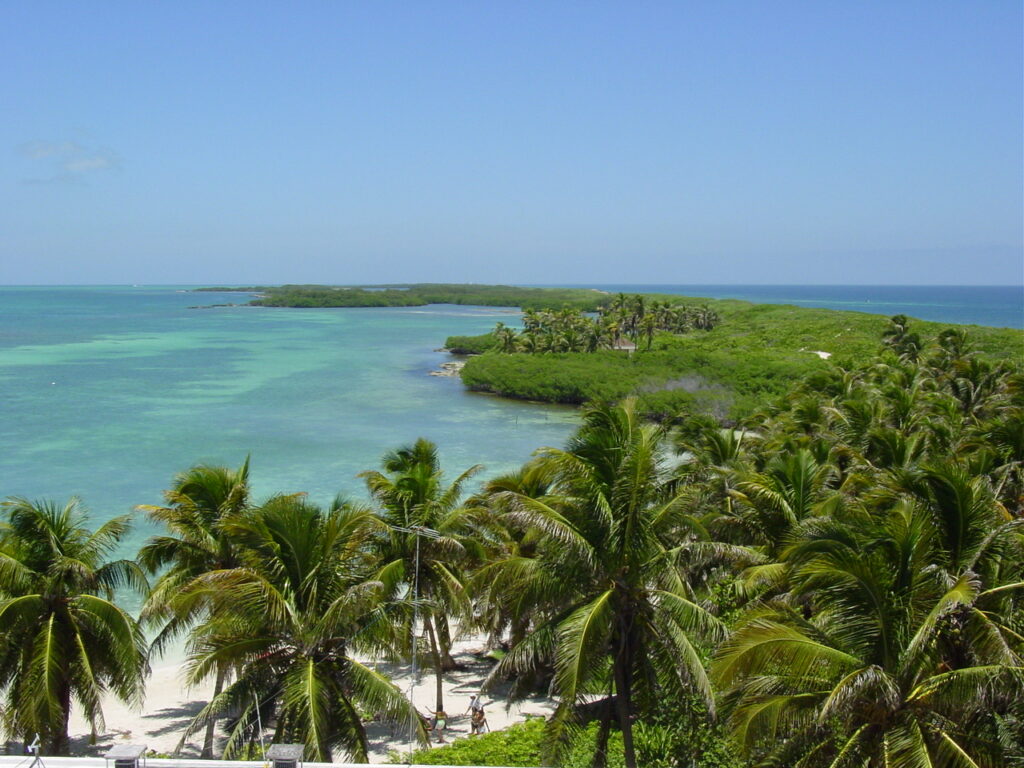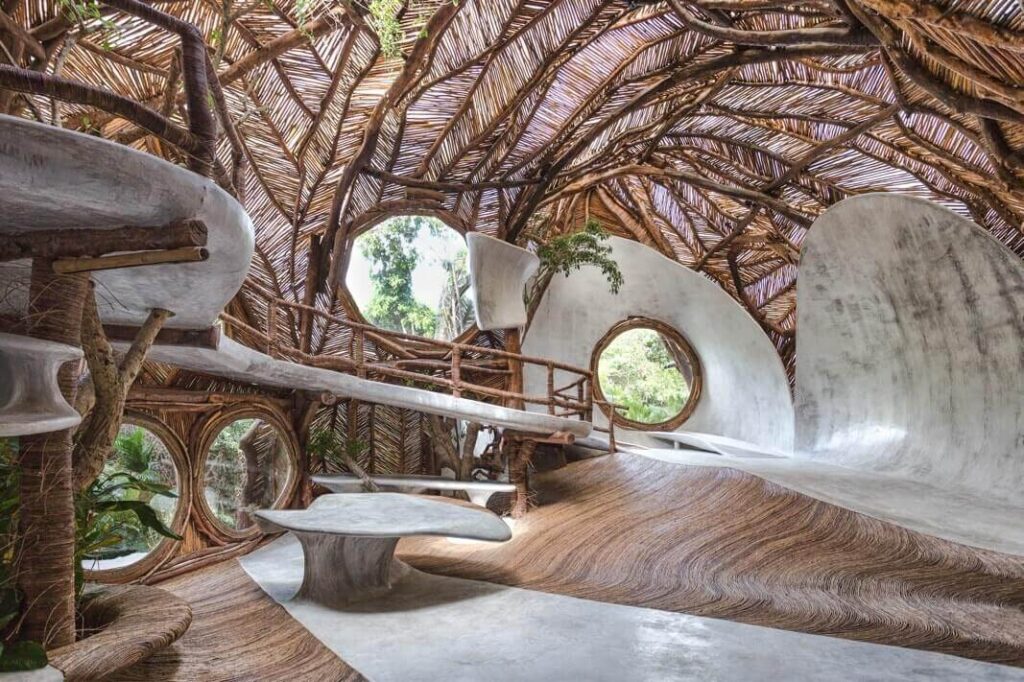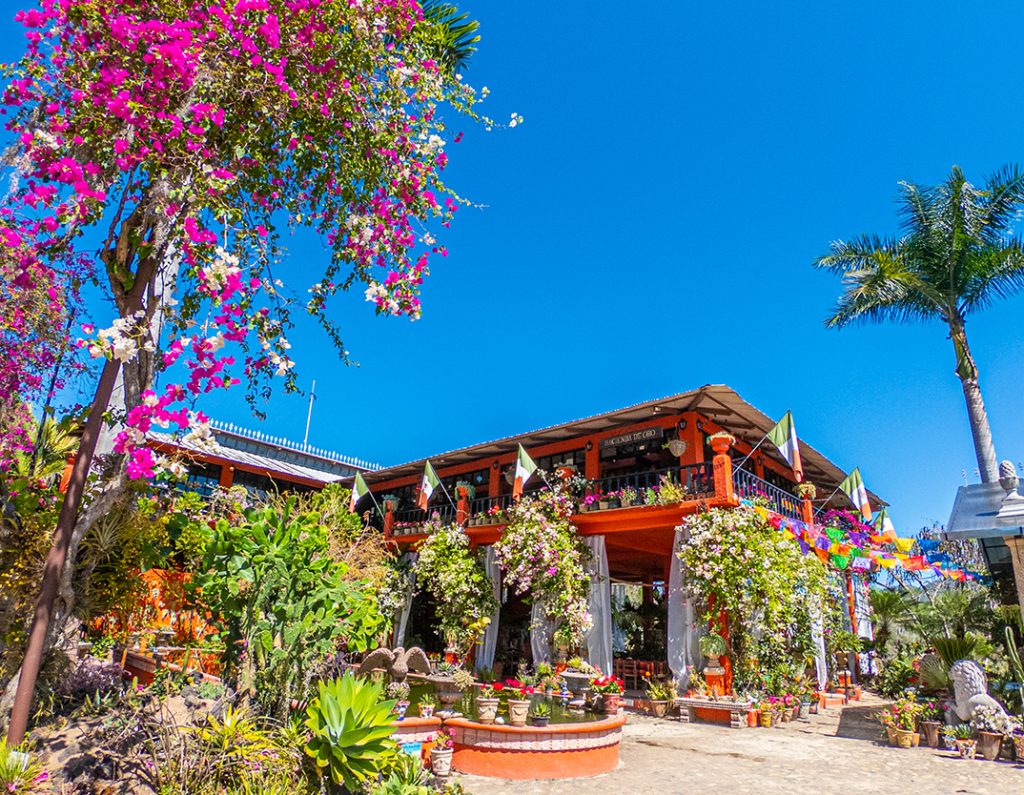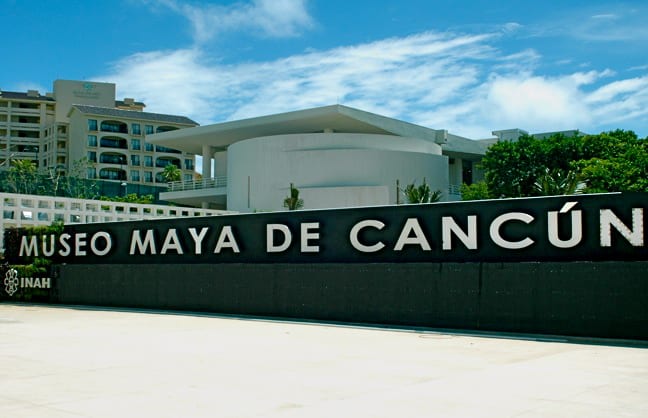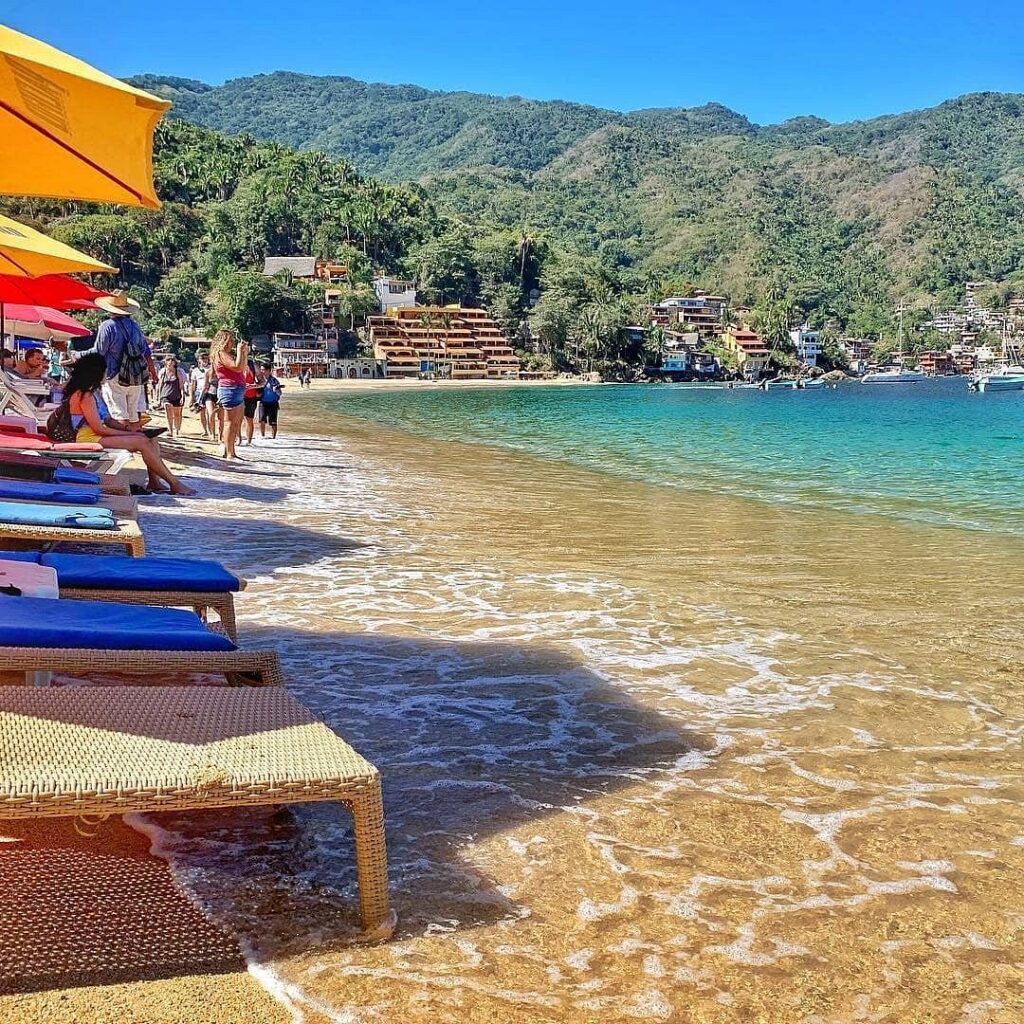Tulum is one of Mexico’s most visited archaeological sites—and for good reason. Perched on cliffs overlooking turquoise Caribbean waters, the ruins captivate visitors with stunning views and rich history. While smaller than other Maya cities, Tulum’s seaside charm and evocative atmosphere offer a unique glimpse into pre-Columbian life as a bustling port town from 1200 to 1521.
Historical Highlights
Originally called Zamá (“dawn”), Tulum was a fortified city (its name means “wall”) that controlled maritime trade along the Caribbean coast. Spanish conquistadors first spotted it in 1518, amazed by its colorful buildings and ceremonial fire atop the watchtower. Abandoned within 75 years due to European diseases, Tulum remained hidden until 19th-century explorers rediscovered it.
What to See
The site is enclosed by three stone walls, protecting the civic and ceremonial heart, while most residents lived outside. Key structures include:
Templo del Dios de Viento: A small temple on a rocky outcrop, linked to the wind god and ancient hurricane warnings.
Templo del Dios Descendente: Famous for its iconic relief of a descending god and a sun alignment during the spring equinox.
El Castillo: The tallest pyramid, used as a lighthouse and adorned with Toltec-style plumed serpents.
Templo de las Pinturas: An observatory with elaborate murals and stucco masks, though weathered over time.
The Beaches
Tulum uniquely combines ruins with two pristine beaches. The main beach sits below El Castillo, popular for swimming and sunbathing, while a quieter beach beneath Templo del Dios de Viento offers scenic selfies.
Visitor Tips
Arrive early to beat the crowds and enjoy the site peacefully.
Climbing on ruins is prohibited—respect all signs to protect this heritage.
Bring water, a hat, and sun protection; shade is scarce.
Tickets cost M$80 and must be bought onsite; hours are 9am–5pm (last entry 3:30pm).
Food options are limited and pricey near the visitor complex, but there are restaurants and snack shops, including a Starbucks.
Transportation includes a shuttle from the visitor complex (M$55), taxis (M$100), or a scenic walk from the beach road.
Tulum offers a magical blend of history, nature, and beach relaxation—an unforgettable experience on Mexico’s Caribbean coast.

